The phrase “the future is now” is often repeated as a way of reminding all of us that the future is not something that we should passively wait for as it unfolds around us. Rather, it’s up to us to create it. Some exciting developments the past couple weeks have driven this point home. Recently, the Economist (@TheEconomist) revealed its list of Top 25 Social Business leaders. This list was especially significant to Blue Focus Marketing (@BlueFocus), as Cheryl Burgess (@ckburgess) CEO was a member of the selection committee tasked with assisting on the list, a process that was driven by the contributions of the Economist Intelligence Unit (@TheEIU) and IBM (@IBM). Congratulations to everyone involved in the process, from the business leaders who made the list to the board members responsible for putting it together.
We rely on these incredible leaders in helping to shape the future of social business. But as I said above, this is a future we will be creating together. About a year ago, I contributed my vision of the future to the Wharton Future of Advertising Program’s “Advertising 2020” project alongside a host of other prominent advertising thought leaders. You can read my original essay here, but I hope you will browse the site and read what other contributors had to say as well.
Recently, both Wharton contributors and other inspired by the essays were asked to take a look back at this collection of essays to share our thoughts on how we are working to shape the future we have envisioned. To do this, we were asked to answer two questions: (1) What have you done differently? and (2) What have you seen as a result? In order to keep spreading awareness of this project, I have provided my answers below.
Answer #1: Here’s what we are doing differently as a result
In my essay, I made a two essential points; (1) the term “advertising” will come to mean all paid, owned, and earned media; and (2) advertising will have moved far from the AIDA model toward one focused on a comprehensive consumer experience that leads to advocacy. I also argued that a brand’s ability to harness the overwhelming amount of consumer data being produced and to be able to co-create content with consumer advocates will become increasingly more important in the coming years.
To address the changing relationship between brand and consumer and the new strategies necessary to stay relevant, our consultancy has championed a new kind of engagement model, which we highlight in our book, The Social Employee (McGraw-Hill, 2013). The model is based on the concept of the Möbius strip, a seemingly closed loop that, because of a twist in the band, allows one to travel the entire surface area of the object in one unbroken movement.
The idea is that, whereas the AIDA model was linear, the Möbius model assumes that engagement with a brand can begin at a variety of points and sometimes process nonlinearly. Further, it conceives engagement as an ongoing process, one that doesn’t end with a purchase decision. To move toward advocacy-based advertising, brands must understand that their interactions with online communities can’t always be geared toward a sale, and if they want to broaden their appeal, they must show a willingness to interact authentically regardless of outcome.
Big data also factors into this model of engagement, since any interaction can yield valuable information. By understanding that a purchase decision is not the only beneficial result, we are teaching brands and advertisers to broaden what they consider a positive business outcome and how to use that information to their advantage.
Answer #2: Here’s the impact we are seeing
Another way of looking at some of the dynamics that I’ve described is that outbound marketing is going to continually give way to inbound marketing, or toward dynamic, two-way exchanges that are more informative than superficial advertisements. This isn’t to say that outbound is going to go away entirely, just that its role is becoming just the first step in a more involved process. We’re seeing that if engagement is going deeper and that consumers are informing themselves more than ever before making a purchase decision, this means that engagement needs to happen on the individual level.
Because of this, personal branding is quickly becoming a key element in this process. People buy from people, not from brands. Customers who engage online before making a purchase are showing a clear preference for engaging with real people, digital brand ambassadors, who are willing to listen, share content, and provide assistance however they can. A helpful, personable employee is often seen as indicative of company culture—a trait that is becoming increasingly important to the growing social awareness of many consumers. If someone consistently has good experiences with individual social employees, they are far more likely to trust the brand as a whole.
And often, personal branding can be a lot of fun. I like to bring up the example of a famous Netflix (@Netflix) customer service chat that happened last year. During the chat, a Netflix customer service representative not only provided assistance, but invited the customer on a bit of a role-play, pretending as if the pair were enacting a scenario from Star Trek in order to diagnose the issue. By the end of the chat, the customer was begging for assurance that this chat was saved and that the employee’s superiors would learn of the good experience. The chat then went viral, making headlines in a variety of publications, including Huffington Post. You couldn’t ask for better advertising than that.
Below are recent endorsements for The Social Employee (McGraw-Hill, August 2013) by Tom Peters and David Aaker on their social networks, but if you want to see more of their endorsements click here.

In The Social Employee, we go behind the scenes with several leading brands—such as IBM, AT&T, Dell, Adobe, Southwest Airlines, Cisco, Acxiom, and Domo—pulling the lid off the inspiring social business success stories that have propelled these companies into the 21st century. These cutting-edge brands have all come to the same realization: the path to social business lies through empowering the social employee.
See what others are saying about The Social Employee and order your copy today!
Please check out @SocialEmployee media buzz! 
“Great brands have always started on the inside, but why are companies taking so long to leverage the great opportunities offered by internal social media? . . . The Social Employee lifts the lid on this potential and provides guidance for businesses everywhere.” —JEZ FRAMPTON, Global Chairman and CEO, Interbrand
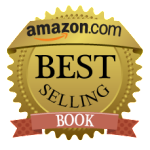 The Social Employee offers an unparalleled behind-the-scenes look at the social business success stories of some of the biggest brand names in the business world, including IBM, AT&T, Dell, Adobe, Southwest Airlines, Cisco, Acxiom, and Domo. These cutting-edge brands have all come to the same realization: the path to social business lies through empowering the social employee.
The Social Employee offers an unparalleled behind-the-scenes look at the social business success stories of some of the biggest brand names in the business world, including IBM, AT&T, Dell, Adobe, Southwest Airlines, Cisco, Acxiom, and Domo. These cutting-edge brands have all come to the same realization: the path to social business lies through empowering the social employee.
The brands that leverage their employee base in order to engage customers and prospects through social media are the ones destined to win the marketing wars. This book not only details the astronomical rise of the social employee, but also outlines the innovative methods that leading companies have employed to foster cultures of enthusiastic and engaged workers.
FOR EWORD by David C. Edelman, Global Co-Leader, Digital Marketing & Sales Practice, McKinsey & Company
EWORD by David C. Edelman, Global Co-Leader, Digital Marketing & Sales Practice, McKinsey & Company
AFTERWORD by Kevin Randall, Vice President of Brand Strategy & Research at
Movéo Integrated Branding, and journalist for The Economist and Fast Company
Download ~> Free Chapter 3 – “Brands Under Pressure”



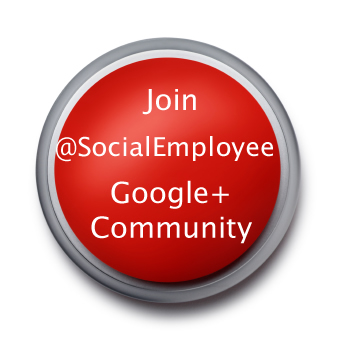
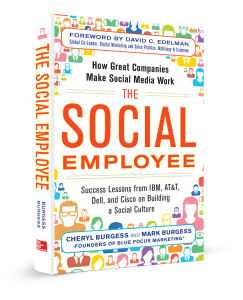
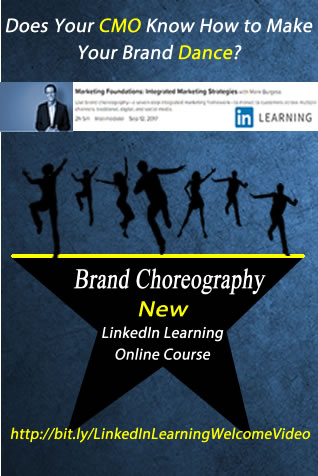
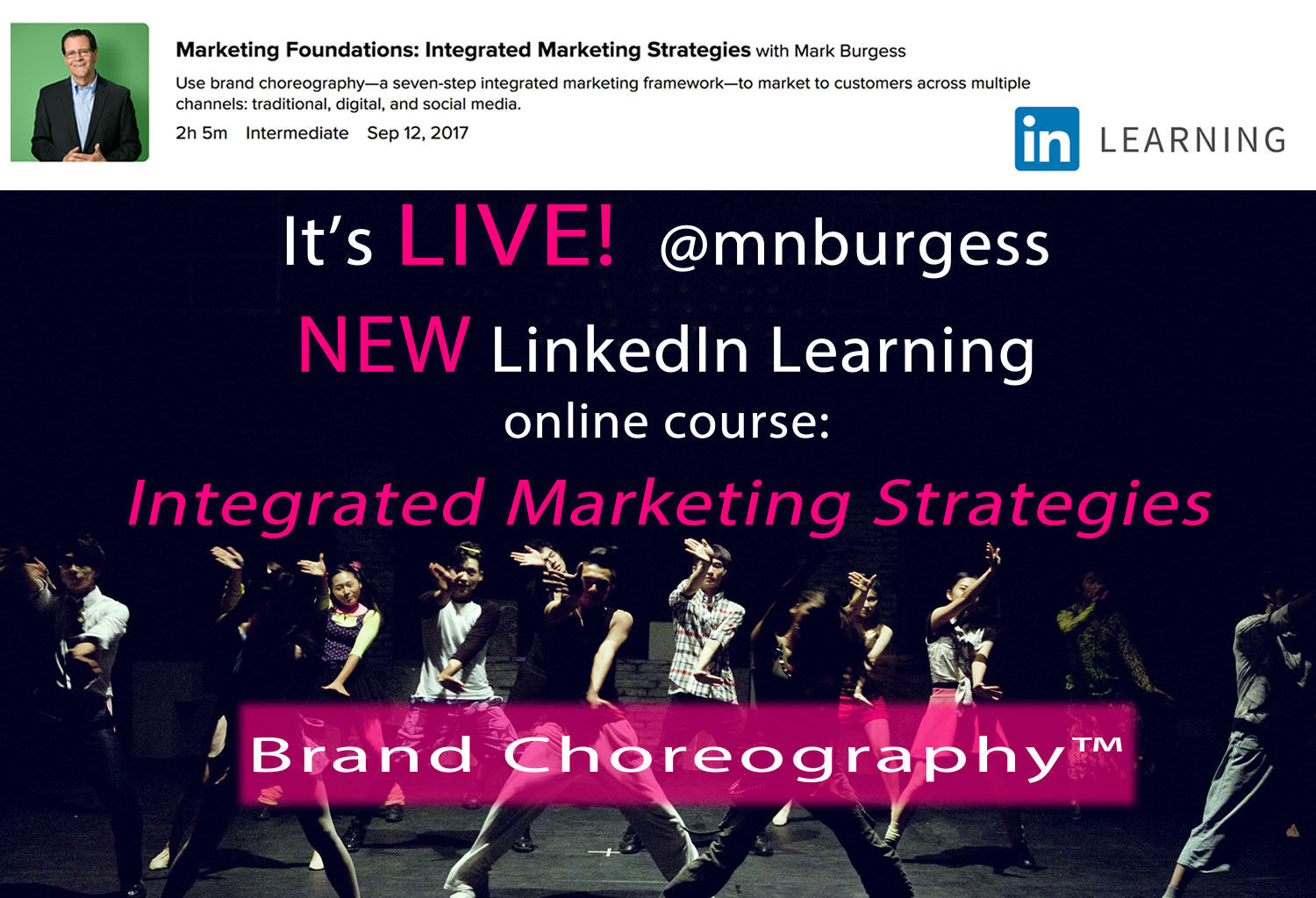
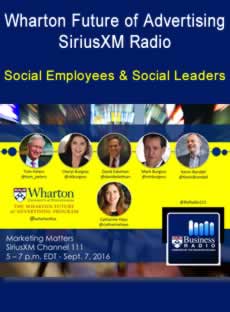
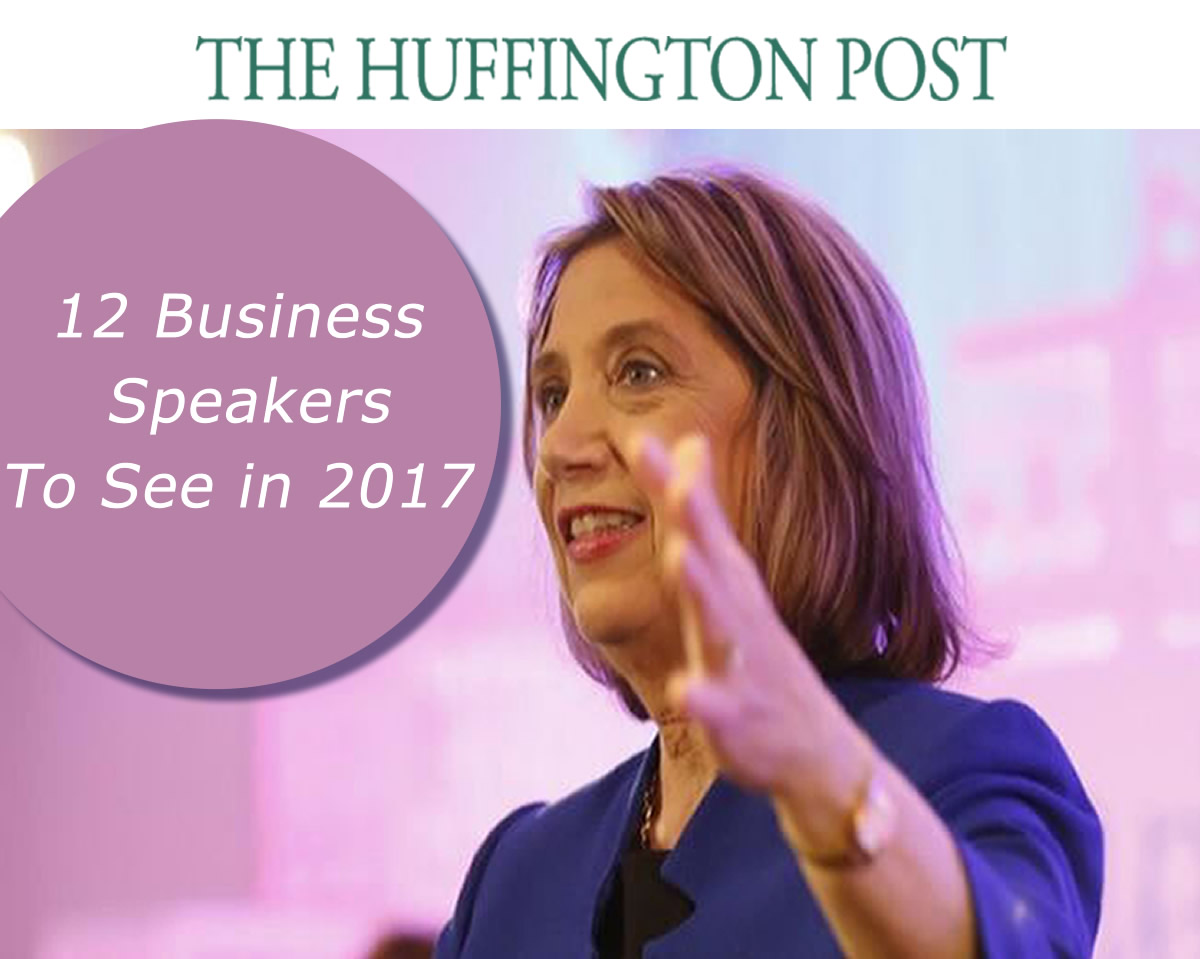

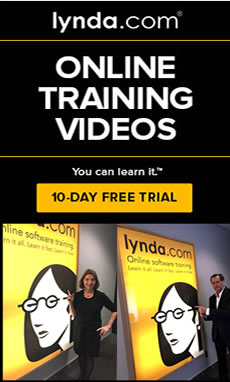
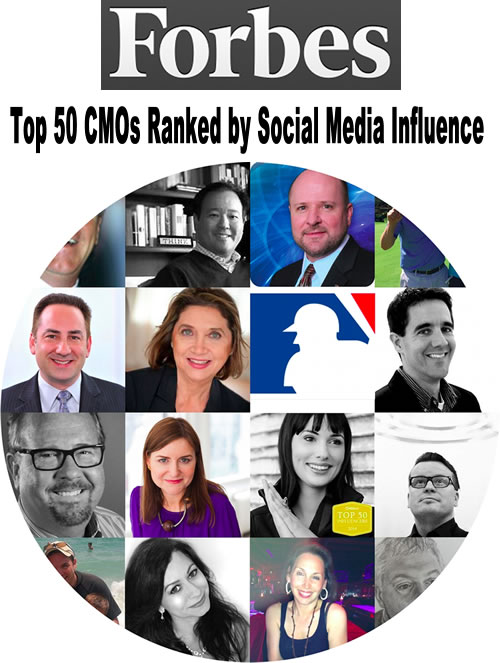


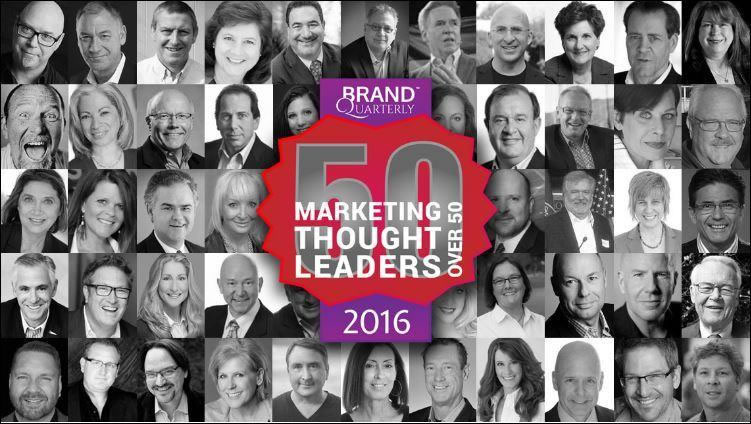
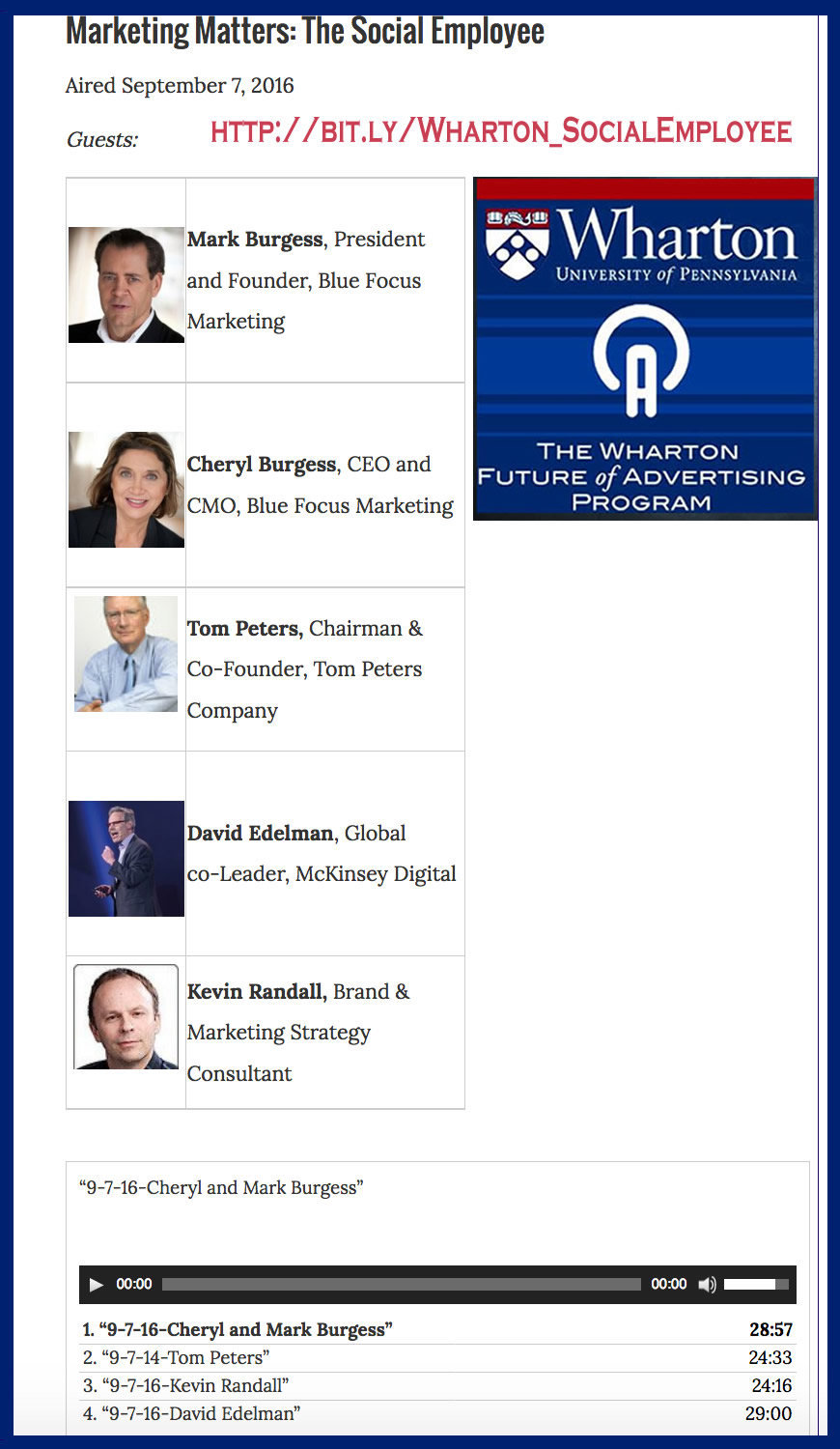


Very educational article and love what you shared on personal branding and the story of the Netflix customer service was awesome. Why did I not see this on the net. I’m googling it cuz I want to read the dialogue. It sounds fun. Thanks for sharing.
Irish
Hi Irish,
Thanks so much for your generous comments.
Best,
Cheryl